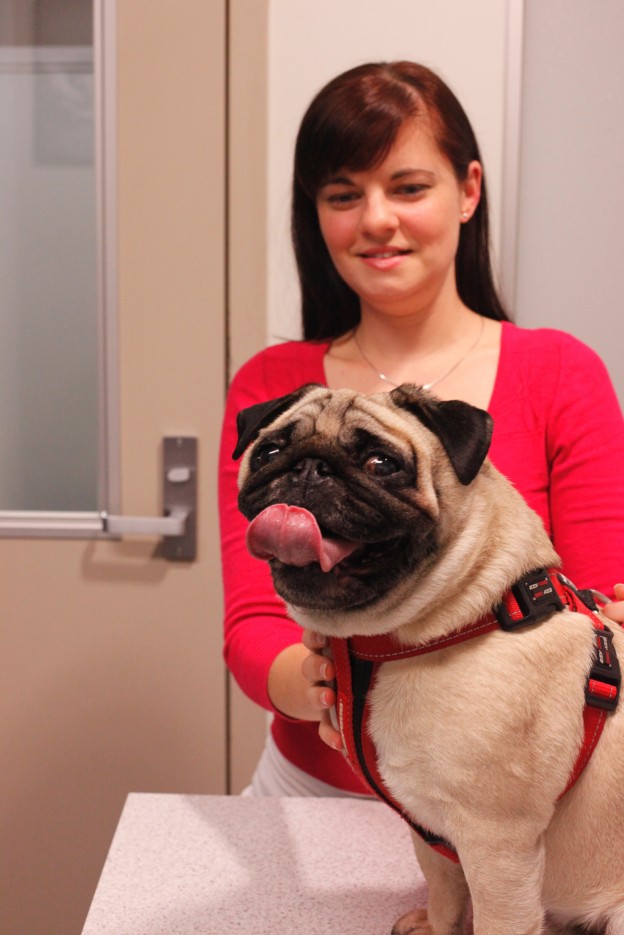
Veterinary dermatologist Dr Danielle Hoolahan from Sydney’s Animal Referral Hospital says pets can be tormented by three major types of allergies – flea, food (e.g. beef, chicken) and environmental (e.g. grass, weed, tree pollens, dust mites, mould spores). The most common types of allergies are flea and environmental.
“Pets with flea allergies tend to get itchy on the back half of their body. Animals with a food or environmental allergy are itchy around the face, ears, belly, bottom and paws,” she says.
Many dog breeds, including Golden Retrievers, Labradors and German Shepherds, are predisposed to environmental allergies, often licking their paws which can be mistaken for self grooming. Typically, these patients will show initial clinical signs between six months and three years of age, she says.
“Fortunately, environmental allergies can be well managed through allergen specific immunotherapy (desensitisation). This involves administering allergens that the dog has tested positive to (determined by a skin allergy test or blood test) via injection. This is helpful in approximately 70 per cent of cases,” says Dr Hoolahan.
Food allergies, however, can only be identified through an elimination diet trial in which a novel protein (e.g. kangaroo) and a carbohydrate (e..g pumpkin) are fed exclusively for eight weeks and then a dietary rechallenge is performed with the pet’s previous diet.
“Pets with food allergies will have to avoid the problem foods for the rest of their life,” says Dr Hoolahan. “If you notice your pet itching, licking and chewing, consult your veterinarian on how to deal with your pet’s discomfort from allergies.”
The video version of this story with Dr Danielle Hoolahan is available via VETtalk TV – http://bit.ly/1sBakh2
Check out the latest animal attractions and events at our all-new DOGSLife Directory



